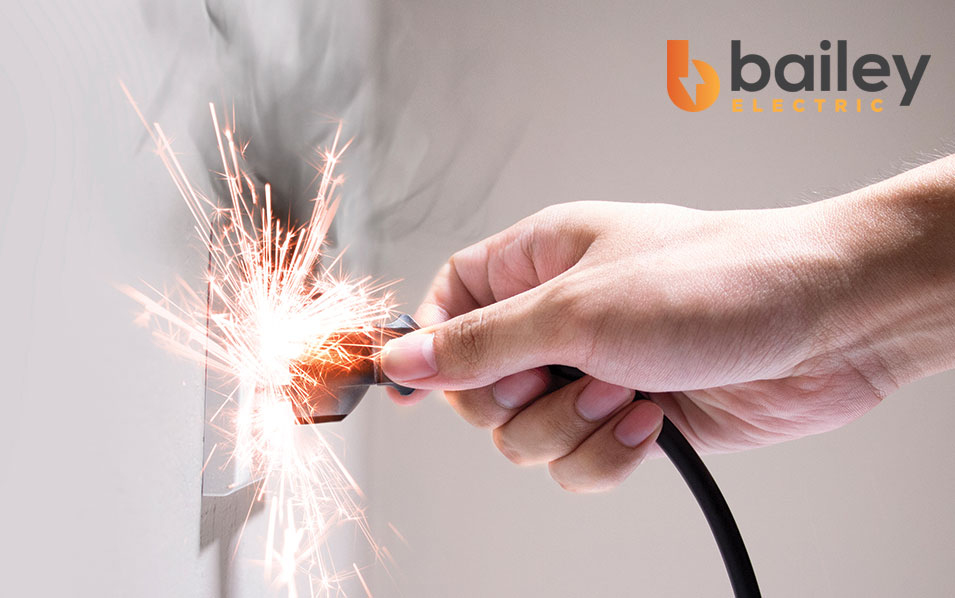
23 Jan The Hazards of Overloading Your Electrical Circuit
Tips to Avoid a Shocking Situation!
We’ve all been there – you’re running late and getting ready in a hurry, so you plug in your hair dryer and turn on the coffee maker while using your phone charger. Suddenly, the lights flicker, and everything turns off. You’ve overloaded your electrical circuit again!
But did you know that overloading your circuit can lead to more serious consequences than just a minor inconvenience? In fact, it can be hazardous to both your home and your safety. Here are some tips to avoid a shocking situation when it comes to overloading your electrical circuit.
Understanding Your Electrical Circuit
First things first, let’s talk about what an electrical circuit actually is. An electrical circuit is a network of wires and devices that are connected to each other to allow electricity to flow. Essentially, it’s the system that powers your home. Each room typically has its own circuit, and within that circuit, there are multiple outlets that share the same power source.
The Dangers of Overloading Your Circuit
Now that we know what an electrical circuit is, let’s dive into why overloading it can be hazardous. When you plug in too many devices or appliances that require a lot of energy to run, such as hair dryers and heaters, you’re putting a strain on the circuit. This can cause the wires to heat up and potentially start a fire.
Additionally, overloading your circuit can also damage your electrical devices. When there is too much electricity flowing through the circuit, it can fry your appliances and electronics, rendering them useless. This not only means a loss of money for you, but it also increases the risk of electric shocks.
How to Avoid Overloading Your Circuit
So now that we know the dangers of overloading our circuits, how do we prevent it from happening? The answer is simple – distribute the load. Instead of plugging in all your devices and appliances in one room, spread them out between different outlets and circuits.
Another way to avoid overloading your circuit is to upgrade it. If you live in an older home, chances are your electrical circuit can’t handle the amount of electricity we use today with all our modern gadgets and appliances. By upgrading to a higher amp circuit, you can ensure that your home is able to handle the electricity usage without overloading.
Finally, it’s important to be mindful of the devices and appliances you use. Avoid using multiple high-energy consuming devices at once, and always unplug them when not in use. This will not only prevent overloading your circuit but also save on your electricity bill.
Conclusion
In conclusion, overloading your electrical circuit is not just a minor inconvenience – it can have serious consequences. By understanding what an electrical circuit is and how to prevent overloading it, you can ensure the safety of your home and yourself. Remember to distribute the load, upgrade if necessary, and be mindful of energy consumption. Stay safe and happy powering! So next time you’re rushing out the door, take a minute to unplug that extra device – your electrical circuit will thank you. Don’t let overloading lead to a shocking situation – be smart and prevent it before it happens! Happy powering!


Sorry, the comment form is closed at this time.